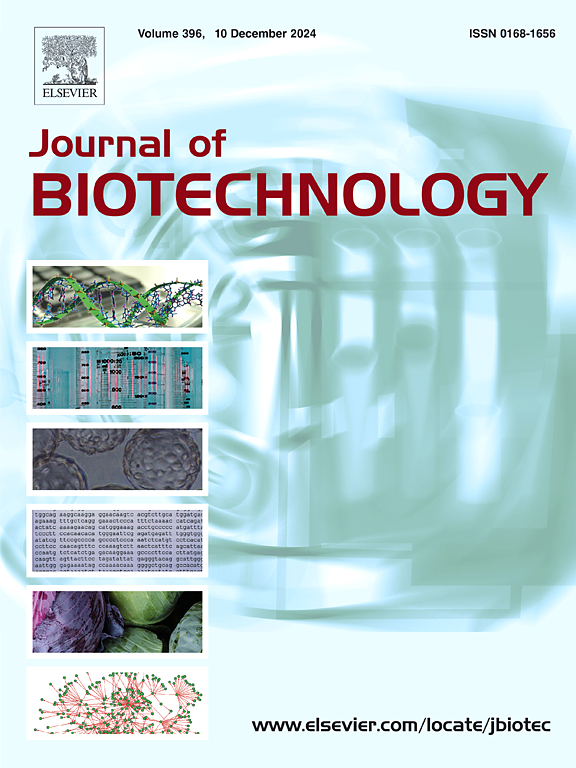Progress on production of malic acid and succinic acid by industrially-important engineered microorganisms
IF 4.1
2区 生物学
Q2 BIOTECHNOLOGY & APPLIED MICROBIOLOGY
引用次数: 0
Abstract
Organic acids are widely used as additives in the food, pharmaceutical, chemical, and plastic industries. Currently, the industrial production methods of organic acids mainly include plant extraction and chemical synthesis. The latter mainly uses petroleum-based compounds as raw materials to synthesize organic acids through a series of chemical reactions. All of these methods have problems such as environmental pollution, high cost, and unsustainability. By contrast, microbial fermentation can effectively utilize a variety of carbon sources. Due to its low production cost, environmental friendliness, and high product purity, microbial fermentation has received increasing attention in recent years. However, the low yield and long fermentation cycle of microbial fermentation limits its industrial application. With the development of genomics, transcriptomics, and other omics technologies, the metabolic pathways of various strains producing organic acids have gradually been elucidated. Based on this, new technologies such as synthetic biology and high-throughput screening have also been extensively studied. This review summarizes the latest research progress in improving organic acid biosynthesis through metabolic engineering, focusing on L-malic acid (L-MA) and succinic acid (SA). Finally, we also discuss the challenges and future prospects of this field. This review has important reference value in the fields of food, pharmaceuticals, and chemicals, providing a theoretical basis for the study of organic acid biosynthesis.
工业上重要的工程微生物生产苹果酸和琥珀酸的研究进展。
有机酸作为添加剂广泛应用于食品、制药、化工和塑料工业。目前,有机酸的工业生产方法主要有植物提取和化学合成两种。后者主要以石油基化合物为原料,通过一系列化学反应合成有机酸。这些方法都存在环境污染、成本高、不可持续等问题。相比之下,微生物发酵可以有效地利用多种碳源。微生物发酵因其生产成本低、环境友好、产品纯度高等特点,近年来受到越来越多的关注。但微生物发酵产率低、发酵周期长限制了其工业应用。随着基因组学、转录组学等组学技术的发展,各种菌株产生有机酸的代谢途径逐渐被阐明。在此基础上,合成生物学、高通量筛选等新技术也得到了广泛的研究。本文综述了利用代谢工程技术促进有机酸生物合成的最新研究进展,重点介绍了l -苹果酸(L-MA)和琥珀酸(SA)。最后,讨论了该领域面临的挑战和未来的发展前景。本文综述在食品、医药、化工等领域具有重要的参考价值,为有机酸生物合成的研究提供理论依据。
本文章由计算机程序翻译,如有差异,请以英文原文为准。
求助全文
约1分钟内获得全文
求助全文
来源期刊

Journal of biotechnology
工程技术-生物工程与应用微生物
CiteScore
8.90
自引率
2.40%
发文量
190
审稿时长
45 days
期刊介绍:
The Journal of Biotechnology has an open access mirror journal, the Journal of Biotechnology: X, sharing the same aims and scope, editorial team, submission system and rigorous peer review.
The Journal provides a medium for the rapid publication of both full-length articles and short communications on novel and innovative aspects of biotechnology. The Journal will accept papers ranging from genetic or molecular biological positions to those covering biochemical, chemical or bioprocess engineering aspects as well as computer application of new software concepts, provided that in each case the material is directly relevant to biotechnological systems. Papers presenting information of a multidisciplinary nature that would not be suitable for publication in a journal devoted to a single discipline, are particularly welcome.
 求助内容:
求助内容: 应助结果提醒方式:
应助结果提醒方式:


